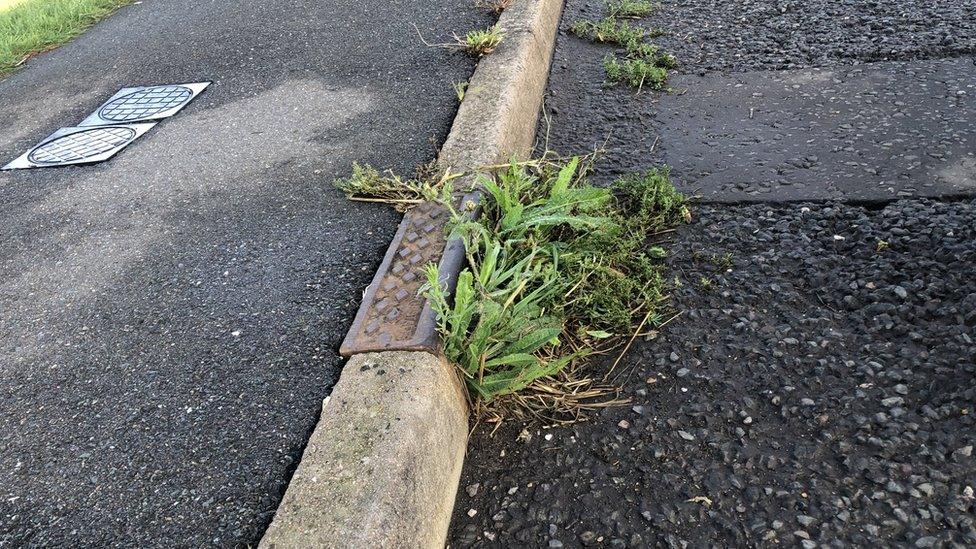Residents want flood-prone road at Little Paxton improved
- Published

The road that goes over the River Great Ouse between Little Paxton and St Neots regularly floods
A road connecting a town and village that repeatedly floods is "not fit for purpose" and should be "tackled at the root", residents have said.
Motorists have experienced another wave of disruption due to flooding around Little Paxton bridge in Cambridgeshire.
The road across the River Great Ouse links the village with St Neots and was repaired in January after water stripped the surface to the cobbles.
A petition, external has been set up by residents to improve the "vital" route.
Flooding is common but the effects cause serious consequences, residents have told the BBC.
Despite recent repairs, there are fears the work could be undone, with the road remaining underwater once more for a number of days.
There are electronic signs to warn motorists of a closure, external on Mill Lane, but residents said they had not worked for a while.
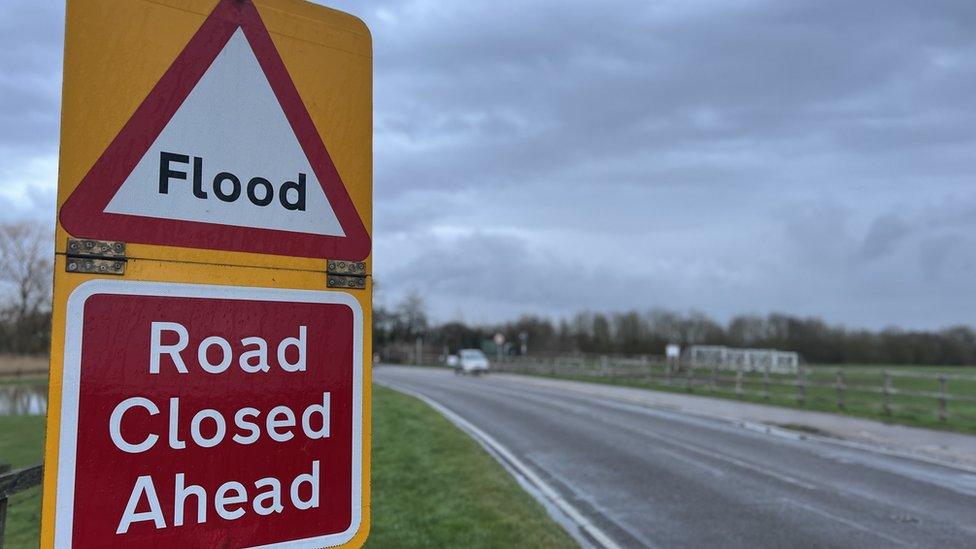
Electronic warning signs do not work and alternative warnings have been put up
Mark Edgerton, 63, a retired author from Southoe, said: "It should take a few seconds to get from Little Paxton to St Neots and it can take up to 20 minutes when the bridge is closed.
"We have the same problem every year and it causes bedlam with cars. We are living in hard times and it uses a significant amount of petrol trying to avoid this.
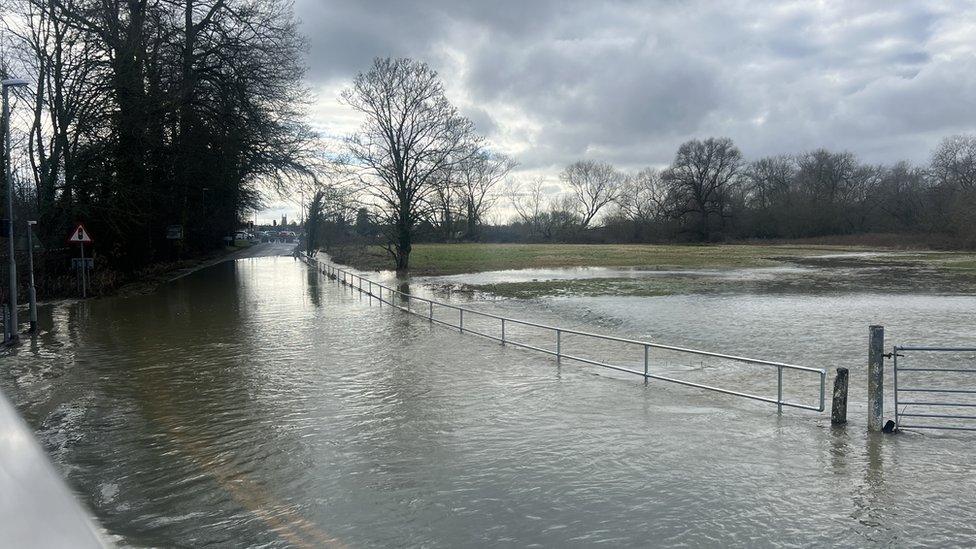
There are calls to add warning signs to the A1
"A mum on the school run said it had added an extra hour to her journey, because all the traffic builds up on alternative routes.
"We need to tackle the problem at its root".
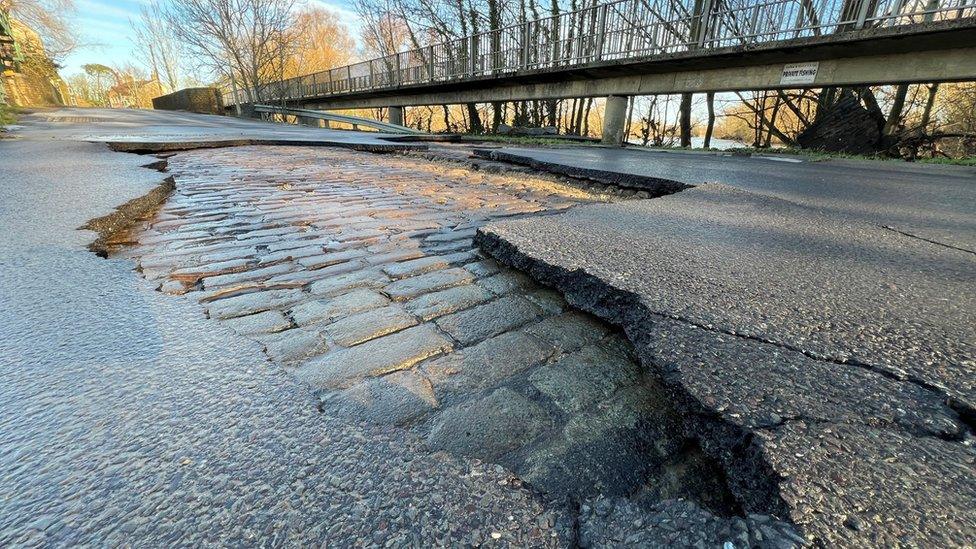
During the last flood, the bitumen surface came away to reveal old Victorian cobbles
The county councillor for St Neots and district councillor for Little Paxton, Stephen Ferguson, said he believed signage should be put on the A1 to warn motorists ahead of the turning into the village.
Stephen Ferguson said: "The road has always flooded, but seems to be flooding with more serious consequences in recent years. It is not fit for purpose.
"It was shut in January because the road washed away, leaving just the cobbles underneath. That was quickly repaired and we hope it will continue to hold through this flood."
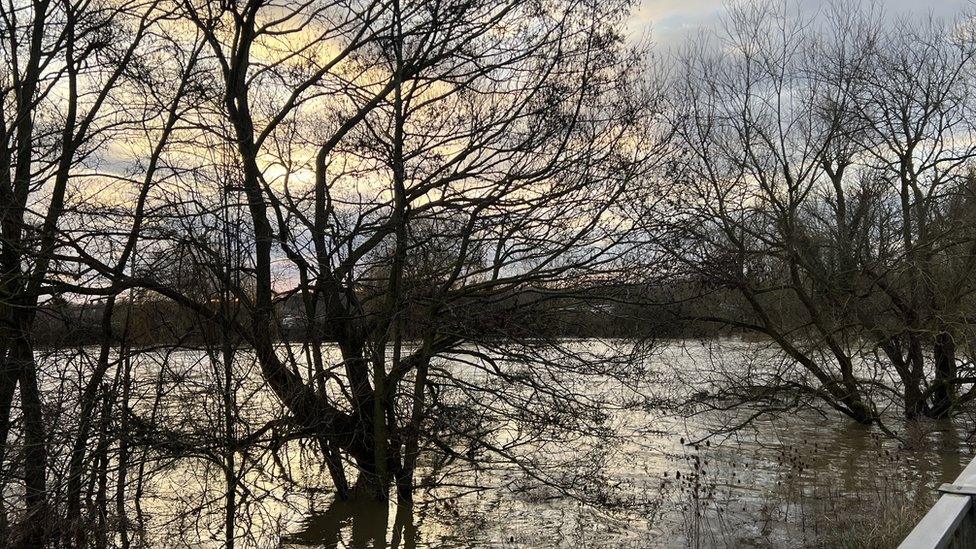
The River Great Ouse straddles either side of Mill Road and floods each winter
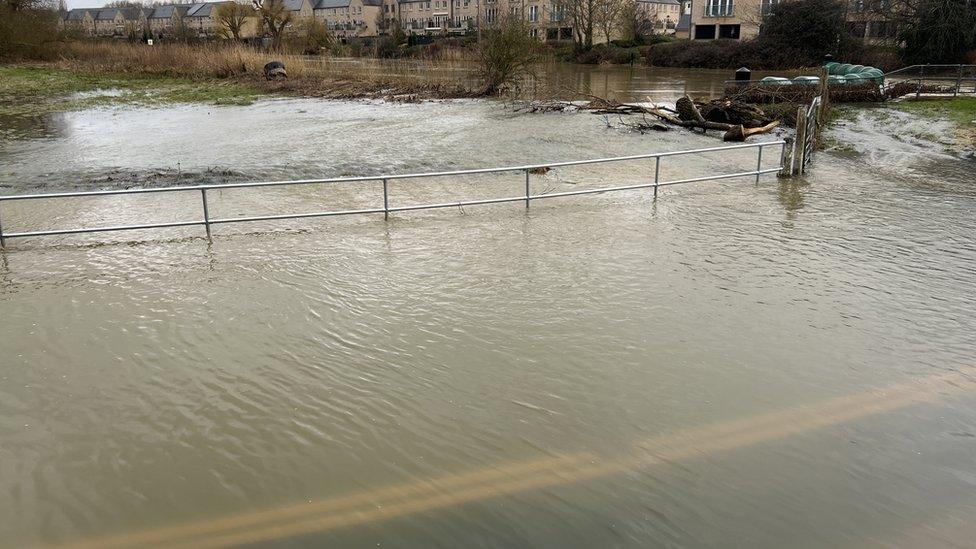
Residents want the flood prone road to be improved
A petition to improve the route has gained more than 700 signatures. If 3,000 are gathered, the county council will be required to debate improving flood defences, raising the road and adding diversion signs.
A county council spokesman said: "We're working closely with the Environment Agency regarding the flood warning signs on Mill Lane so we can relocate the sensor to more accurately gauge flood water on the road and install a new solar unit to power it as mains power isn't available in the new location.
"We're carrying out the repairs as soon as possible."
The Environment Agency said: "Whilst our operational teams liaise with Cambridgeshire County Council as to when we are expecting flooding in the area, the closure of the road and the operation of the flood lights would be for the council to decide on.
"Therefore, any required maintenance of the road signs/road warning lights would be for the council to consider and rectify."

Follow East of England news on Facebook, external, Instagram, external and X, external. Got a story? Email eastofenglandnews@bbc.co.uk, external or WhatsApp 0800 169 1830
Related topics
- Published12 February 2024
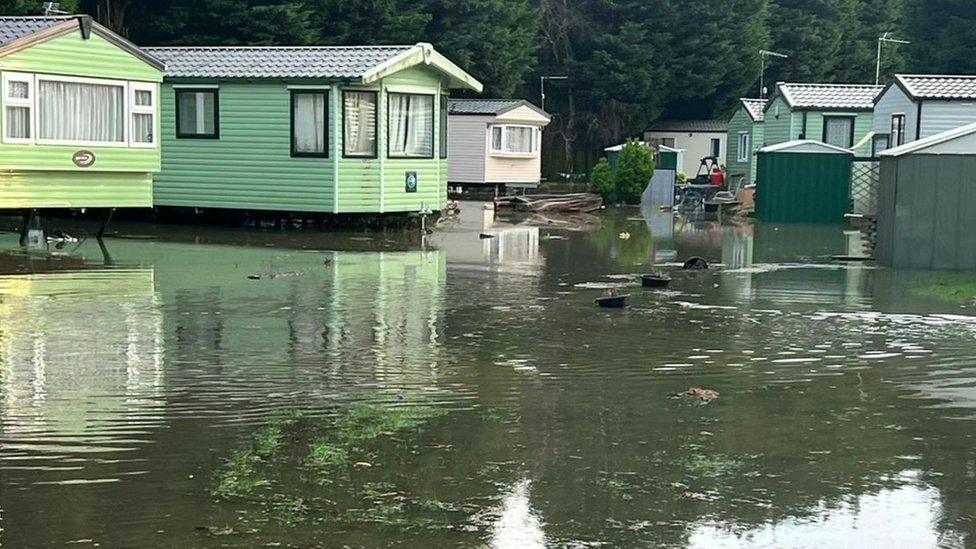
- Published10 February 2024

- Published11 January 2024
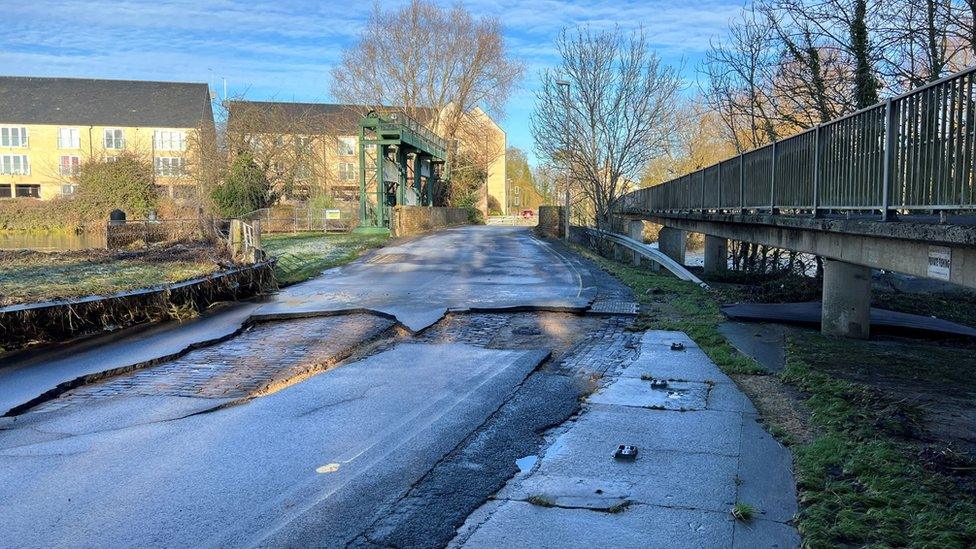
- Published27 September 2023
